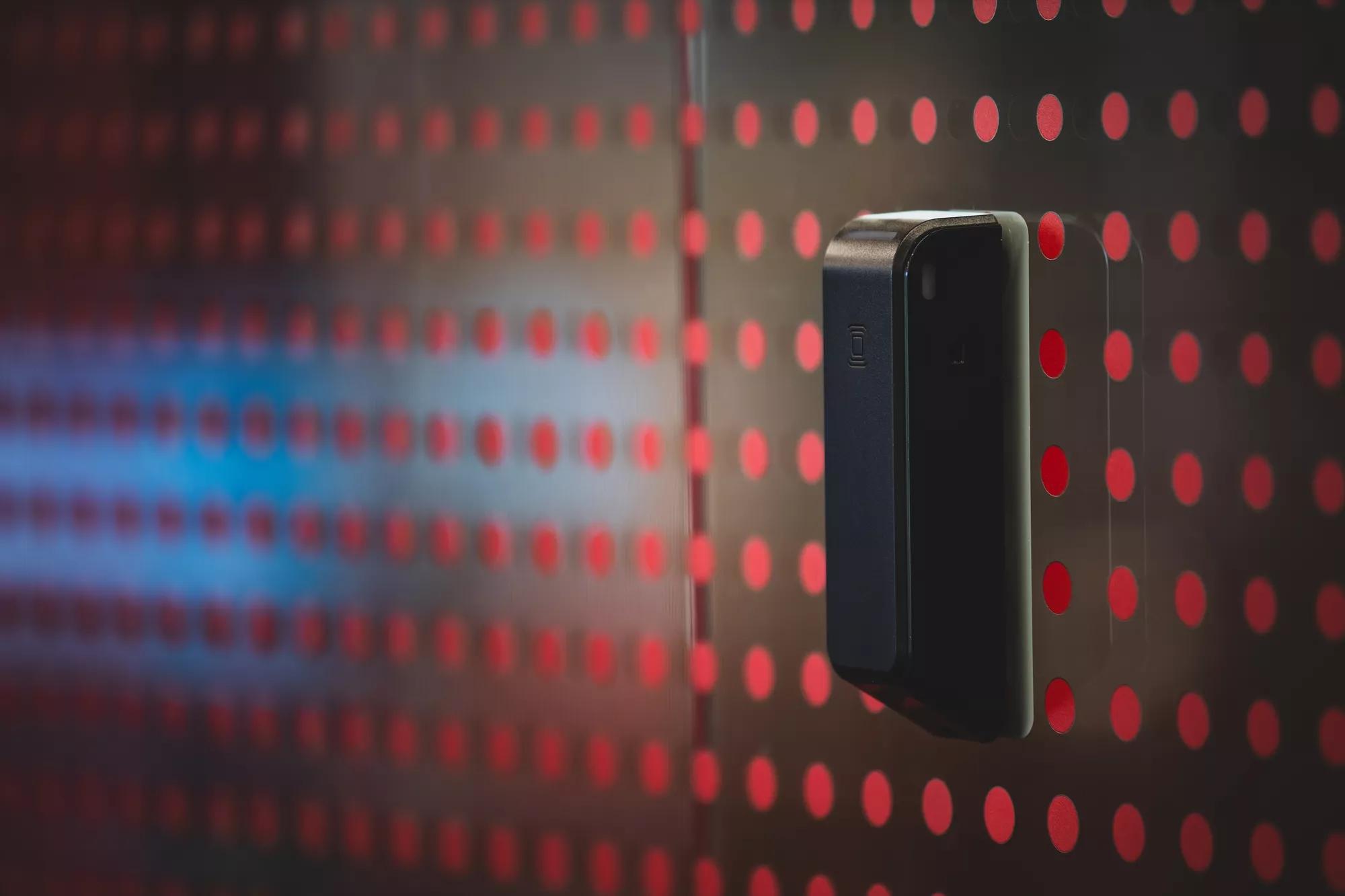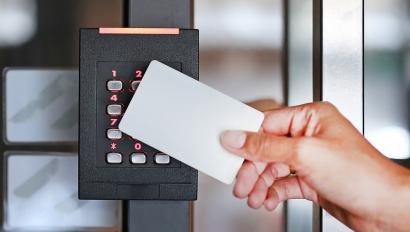What are developments in access control technology?

The threats to buildings and assets are increasingly complex. There has never been a better time to review your access control system and learn how to better protect your staff and assets.
At its most basic, building access control simply means selectively restricting access to your building or a specific space within it, but modern access control systems are very advanced.
Hardware now includes so many things, from electronic locks to biometric readers. With the advent of SaaS (Software as a Service) solutions, access permissions can be managed from anywhere or activated on smartphones for contactless access. With this increasing sophistication, services have become an important element to consider: design, implementation, support, and especially security monitoring.
The result for businesses is an access control solution that enables seamless and secure access for employees, visitors and others, with complete insight into who has entered the building, where they have been and how long they have been there. stayed.
Access control technologies to watch out for
There are a range of new technologies that you may not consider traditional access control solutions, but which can provide significant benefits as part of your security systems.
Biometric card readers
Biometric technologies are one of the fastest-growing segments of access control. This technology exploits the physiological characteristics specific to each individual to enable positive identification.
It's both more convenient for users and more secure for organizations to authenticate people to allow them access to locations.
Fingerprint recognition is the most widely used biometric control today, but it is inherently a touch-based technology, which many organizations are now trying to downplay. Iris scanning is a popular alternative: a camera captures the iris – the colored part of the eye – and compares the photograph with an authentication database.
Facial recognition
Like iris scanning, facial recognition is a contactless technology that examines the subject's face and compares it to profiles stored in a database.
It examines different characteristics such as the 3D profile of the face (size, shape and position of the eyes, jaw and cheekbones), skin texture and vascular and thermal patterns which, combined, are unique to each person. We. The system then converts the data into a composite and compares it to a database of known faces to find a match.
Facial recognition contributes to a contactless user experience. A user simply shows their face to a scanner and no longer need to use access cards or other physical devices.
Cloud-based access control
Cloud-based access control systems are one of the most beneficial technological developments for businesses when it comes to security. From a business perspective, they reduce the need to manage on-premises servers and help convert capital costs into more manageable (and predictable) operating costs.
But the big advantage lies in your physical security. They provide greater flexibility to expand or change functionality in response to an increasingly dynamic environment and allow system users and access privileges to be managed from anywhere, at any time. You are even more protected against data loss because it is stored in multiple locations to mitigate risks from malicious acts, natural disasters, fire, etc.
Mobile identities
If you're not quite ready for biometric technology, you might want to consider an alternative: mobile IDs that are enabled by cloud-based systems.
The basic concept is that users' smartphones turn into access cards. It's quick and convenient and you don't need to manage physical cards. And because it's a cloud solution, it's easy to issue or revoke credentials at any time.
Leveraging the Power of Access Control System Integrations
One of the main advantages of modern access control systems is that they integrate seamlessly with many other security systems. Take, for example, monitoring systems to verify mask wearing (including identification of an unauthorized person attempting to hide behind a mask). This integration reduces the need for labor-intensive manual controls.
Integrating a visitor management system is an attractive option for organizations, such as hospitals, that welcome a large number of visitors, but need to do so in a safe and controlled manner.
When it comes to protecting assets, integration with building automation systems enables personalized responses to events that provide both increased security and a better experience for employees and customers - e.g. locking specific zones in real time to respond to an ongoing event.
In short, regardless of the size or nature of your business, coupling multiple security solutions can help you maximize the value of your access control investment.
Your access control system is the cornerstone of your security. A reliable, up-to-date solution can help you improve not only security, but also health and safety. All while improving the experience of your employees and customers, and making your life easier.
Contact our Experts today for additional information!
Disclaimer: By using the Blog section of this website (“Blog”), you agree to the terms of this Disclaimer, including but not limited to the terms of use and our privacy policy. The information provided on this Blog is for information purposes only. Such information is not intended to provide advice on your specific security needs nor to provide legal advice. If you would like to speak to a Security representative about your specific security needs, please contact us.























